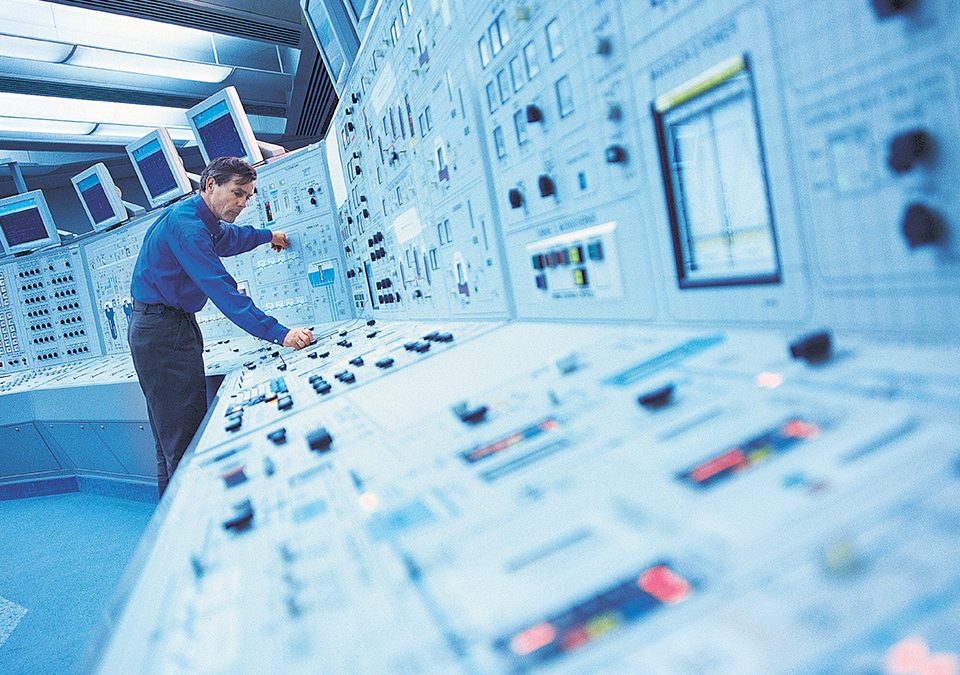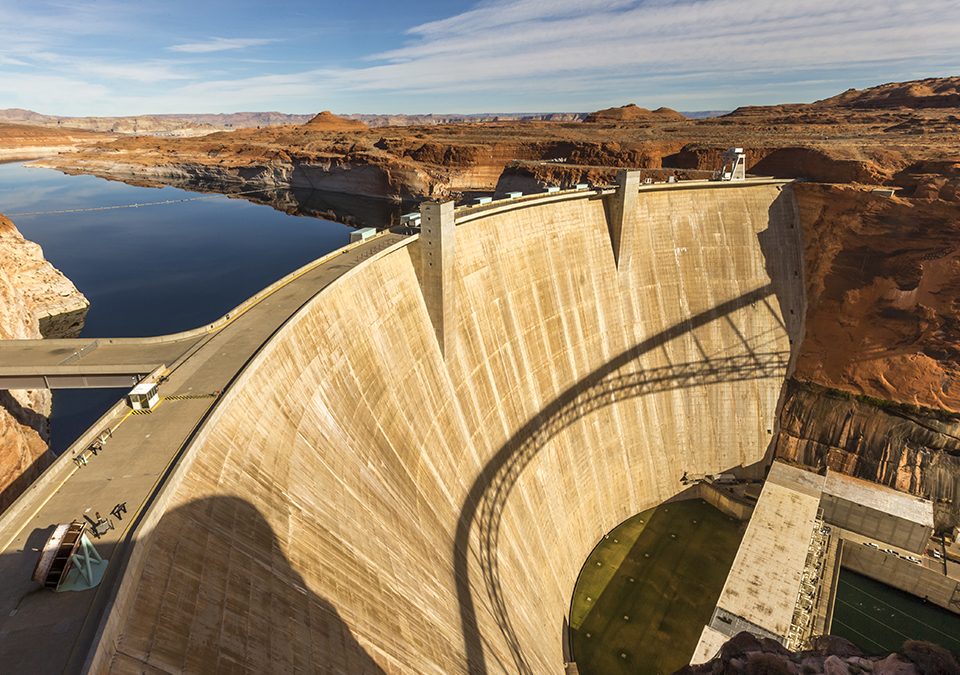U.S. Once Again Poised to Lead World on Nuclear Tech

Outdated NEPA needs modernizing. Just ask Warren Buffett
June 3, 2020Supreme Court Removes One More Hurdle for Critical East Coast Natural Gas Pipeline
June 16, 2020Energy Fairness has long advocated expanding nuclear power as a source of clean, reliable energy. Unfortunately, the U.S. has fallen behind in the development of nuclear energy technologies. In doing so, emerging economies that look to the U.S. for affordable and reliable energy solutions now look to rivals like Russia and China to fulfill this critical developmental need. The good news? Efforts are now underway to reverse this trend and restore the U.S. edge in nuclear technologies.
Recently, U.S. Secretary of Energy, Dan Brouillette, laid out a strategy for reviving America’s nuclear industry and restoring America’s competitive advantage. This approach will help improve national security and help the United States reclaim its position as the world leader in nuclear energy in two essential ways. First, the initiative will facilitate the export of U.S. technologies, equipment, and fuel to countries that are pursuing nuclear power for electricity needs.
Second, the U.S will implement measures to prevent the global proliferation of nuclear weapons. The strategy also calls for funding advanced research, development, and deployment of America’s next generation of nuclear energy technologies.
Investments in nuclear energy are especially crucial as support continues to grow to reduce carbon emissions. Even steadfast opponents of nuclear power have warmed to the realization that it will play an essential role in providing clean, reliable electricity while reducing CO2 emissions. Recently, one of the leading proponents of the controversial Green New Deal, Rep. Alexandria Ocasio-Cortez, conceded that the proposal “leaves the door open for nuclear.”
In fact, leaning on nuclear energy is the only way to construct a realistic plan to reduce carbon emissions. We’ve written extensively about the proliferation of renewables throughout the U.S., as well as about developments in battery storage. Yet, despite their tremendous progress, renewables remain an intermittent source of electricity. Clean, emission-free nuclear power can work in tandem with renewables such as wind and solar, providing around-the-clock power production and ensuring the reliable energy consumers want.
Currently, the only nuclear project under construction in the U.S. is the Vogtle Unit 3 & 4 expansion project in Burke County, Georgia. The project met a significant construction milestone last week as the final module for Unit 3, a massive water tank, was placed atop the containment vessel and shield building roof, paving the way for one of the two new reactors to be complete next year.
Although Vogtle is the only plant under construction, several more projects are in various planning stages. More than 75 new companies are designing a wide range of advanced nuclear products. Despite these exciting developments, however, it could be a long time until we see construction begin on more new nuclear plants. Nuclear energy is subject to intense regulatory oversight, meaning getting new reactors approved can take years. That’s why it makes sense to act now to invest in new nuclear technologies to reduce carbon emissions.
As Energy Fairness contributor Dr. David Gattie noted before a Congressional committee in December 2019, nuclear energy will be an indispensable tool in the efforts to reduce global carbon emissions, not just U.S carbon emissions. With Secretary Brouillette’s leadership, careful planning, and support from other elected officials, the U.S. will be able to lead the world in nuclear energy innovation.



